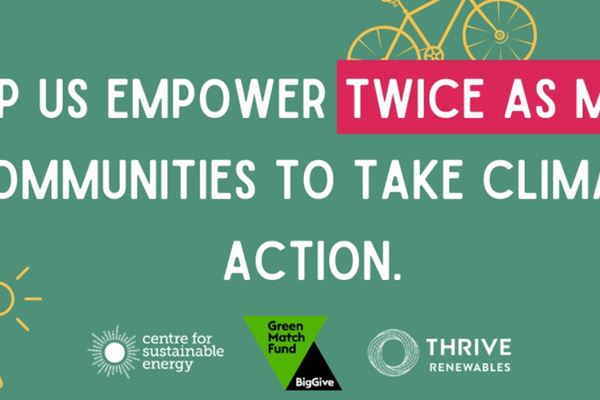It has the potential to generate enough renewable electricity for around 2,2501 average UK homes, saving more than 3,8002 tonnes of CO2 emissions annually.
The Loch a' Bhraoin project supported businesses in the area throughout its development and construction by using local contractors wherever possible. In addition, the turbine installed at Inverbroom was manufactured in Cumbria by Gilkes, who have been making hydro power turbines in the UK for over 100 years.
“It’s fantastic to see Loch a Bhraoin begin generating clean electricity, making use of the abundant water resources in Scotland and supporting the UK’s journey to net zero. Small-scale hydro has one of the lowest environmental impacts of any renewable energy projects and we’re really pleased to have been able to provide finance which helped get this project up and running.” - Matthew Clayton, Managing Director, Thrive Renewables
This 2MW project based in the Scottish Highlands is eligible for the Feed-In-Tariff (FIT). Despite operational challenges caused by the COVID-19 crisis which affected construction and supply chains, the project was completed four months ahead of the original FIT deadline. Loch a Bhraoin was developed by Inverbroom Hydro Ltd and Glendevon Energy Co Ltd, and received funding from Clydesdale Bank and Thrive.
The UK has around 2GW of potential hydropower capacity and a highly developed market of skills, personnel, and businesses ready to develop the sector. Hydro will play a key role in the UK’s future energy mix as it can provide baseload electricity generation as well as balancing services to the grid. Indeed this project has seen Loch Bhroain classified as a reservoir, offering significant storage potential. The last round of the FIT saw 40MW of hydropower capacity built, enough to power at least 35,800 average UK homes.
“Developing and building more hydropower schemes in the UK would mean a quicker transition to net zero.” - Simon Hamlyn, CEO, British Hydro Association
[1] Calculated using the most recent statistics from the Department of Business, Energy and Industrial Strategy (BEIS) showing that annual UK average domestic household consumption is 3,618kWh, https://www.renewableuk.com/page/UKWEDExplained
[2] RenewableUK uses BEIS’s “all fossil fuels” emissions statistic of 450 tonnes of carbon dioxide per GWh of electricity supplied in the Digest of UK Energy Statistics (July 2020) p125 Table 5D (“Estimated carbon dioxide emissions from electricity supplied 2015 to 2017”), https://www.renewableuk.com/page/UKWEDExplained. Average per capita greenhouse gas emissions.



